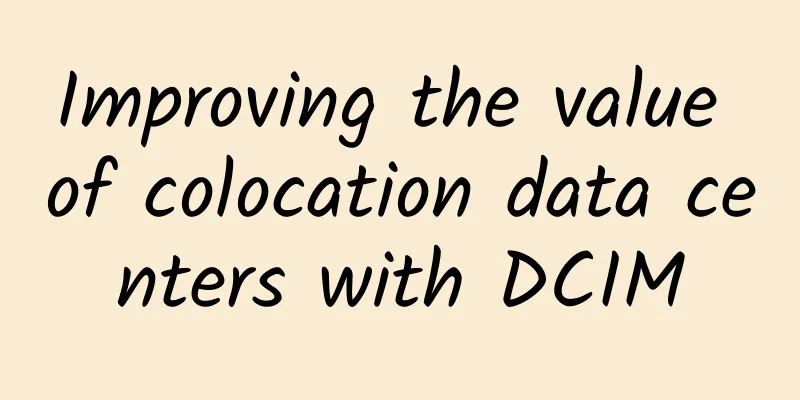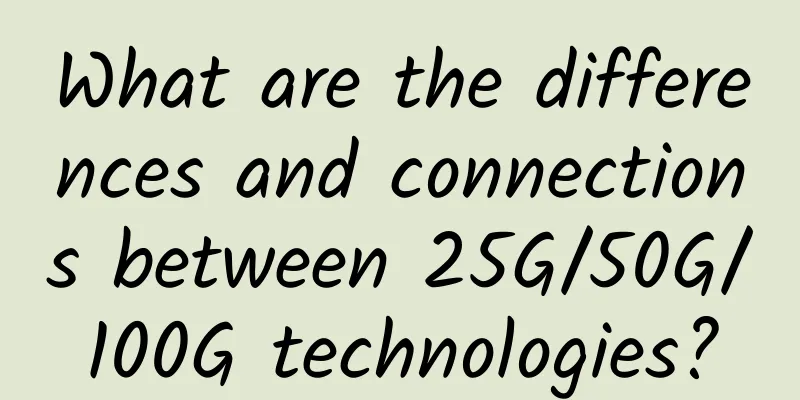Improving the value of colocation data centers with DCIM

|
Today, as the popularity of colocation data centers continues, mergers and acquisitions will reshape the multi-tenant data center market. At the same time, the data center industry requires higher levels of operational efficiency, service level agreements, transparency, and reporting support. Data Center Infrastructure Management (DCIM) provides visual real-time monitoring, data collection, and performance monitoring for the operations of colocation data centers. Typically, a colocation data center provides space, cooling, power, bandwidth, and physical security to customers, as well as servers and storage. The application of colocation data center products also reflects the pulse of the market. The research results of 451 Research on the growth of global data center space in 2020 show that the colocation data center market performs better than other types of data centers, with an annual growth rate of 8%.
DCIM ensures transparency Many managed data centers have expanded their product portfolios based on customer needs, including DCIM. DCIM provides asset management and data center management, which can extend the life cycle of data centers. For managed data centers, DCIM can track and monitor the performance of its assets in real time and in a visual manner. The bridge between facilities management and IT For managed data centers, DCIM is a bridge between facility management and IT operations. DCIM can monitor the usage and power consumption of IT-related equipment and facility infrastructure components, and provide comprehensive information guidance for both areas. The decision of managed data centers to adopt DCIM tools marks a major change in corporate attitudes. Three to five years ago, it was difficult to make DCIM widely used in managed data centers because the tools themselves were considered a luxury by small and medium-sized enterprises. Today, DCIM will bring win-win to colocation data centers and customers. For customers, using DCIM through colocation data center providers can customize data centers to meet specific needs. This ensures that DCIM solutions can play the best role, enable customers to obtain the best benefits, and reduce the risk of failure in data access and use. DCIM tools will enable enterprises to increase flexibility to quickly adjust operations, so that enterprises can significantly increase analysis and workflows as needed, and also enable enterprises to reduce operating costs without the need for comprehensive analytical capabilities. As competition intensifies and the market continues to consolidate, data center managers are increasingly recognizing the importance of tools such as DCIM to their own organizations and the benefits they bring to their customers. DCIM is now considered by many to be a mission-critical tool that can not only remotely manage and assess multiple colocation data centers, but also improve the security of those data centers. Good DCIM software can provide real-time visualization of asset attributes and tools to determine the most efficient data center configuration. Real-time monitoring of data center assets is an important function of DCIM products. Sensors and data collectors can operate throughout the data center and obtain environmental data. With the data obtained, it can be ensured that energy, equipment and space are used as efficiently as possible. With DCIM, colocation data centers gain real-time actionable data, enabling immediate responses and better control over infrastructure and their customers’ IT assets.
Integration with third parties With the integration of the data center market, the integration of multiple business systems is a common choice, as DCIM continues to integrate with third-party suppliers. It is important to have an open protocol interface to promote this integration, because data center managers are increasingly aware that such integration can enhance competitiveness. As data center operators and customers have seen, many hosting data centers now use DCIM tools. DCIM is one of the most important tools required for data center facility infrastructure. It is a comprehensive, visual, real-time monitoring of the status of the data center in order to issue decision-making commands based on actual conditions. Integrating multiple business systems is a common requirement for mergers and acquisitions, which means that colocation data centers must have the ability to be scalable and effectively managed and delivered globally. Critical functions such as rack space, power, cooling and network connectivity require close supervision through client dashboards based on key performance indicators (KPIs). However, asset moves, adds and changes can create an imbalance in data center capacity utilization and may lead to asset stranding, such as some server resources and capabilities being underutilized, while resources on some servers are in demand more than others. Without clear insight into available capacity, data center operators may make unnecessary asset investments while underutilizing existing resources. To better manage these capacity issues, hosted data center operators can use DCIM tools to reduce costs and improve capacity utilization. Through sophisticated tracking and reporting capabilities, DCIM can provide hosted data centers with the ability to accurately assess all assets. IT managers can better maximize capacity utilization, and facility managers can prevent downtime accidents based on environmental conditions.
Actual billing function There is another important benefit of a DCIM system: real-time billing. Real-time billing increases customer transparency, which is a key advantage for accurate billing and budgeting. By tracking customer usage in real time, operators charge customers based on actual usage. This may sound different from traditional billing methods, but it is more intuitive. For customers, it provides new levels of data, which can improve planning, or expand usage. Most importantly, it improves customer satisfaction. Although the cost of a DCIM system varies in different colocation data centers, the added value provided by DCIM monitoring is more important. Through DCIM monitoring power consumption or collecting real-time data, colocation data centers can provide customers with different levels of access and transparency to the data center. DCIM as a tool will not create business processes alone. Colocation data centers hope to fully recover their investment in DCIM systems in two to three years or even less. |
<<: The overlooked hardware vulnerabilities in enterprise networks
Recommend
Digital transformation accelerates the arrival of the 6G era
World Telecommunication and Information Society D...
Choosing eMTC or NB-IoT should no longer be a problem
For a long time, the two cellular Internet of Thi...
Good news for 5G: the rate is no higher than 4G, and you don’t need to change your phone number when you change your phone
Large bandwidth, large connections, low latency a...
5G is here: Will 4G soon be relegated to the sidelines?
Will 4G, which once brought prosperity to the mob...
WeChat strongly promotes live broadcast in Moments, netizens are furious: it is so ugly
Live streaming is gaining popularity. If a produc...
How to implement online documents for multi-person collaboration
Due to business needs, I came into contact with o...
Gartner Report: Enterprise Network Services Market Trends for SD-WAN and NFV
As SD-WAN and Internet adoption in enterprise WAN...
Focusing on intelligent network connectivity and IoT innovation, H3C made a stunning appearance at the 2019 World Internet of Things Expo
[51CTO.com original article] On September 7, the ...
Best Practices for Data Center Disaster Recovery
Today, data center operators worry about high ava...
ZJI launches Hong Kong Huawei Cloud CN2 server: 450 yuan/month E5-2630L, 16G memory, 480G SSD, 5M CN2 line
ZJI has launched a new machine again, this time i...
my country's 5G base stations reach 718,000 to boost the development of artificial intelligence
The 2020 China Artificial Intelligence Summit For...
Ultra-low energy consumption Passive Wi-Fi speed exceeds 11Mbps
According to foreign media reports, a research te...
Accelerate 5G research and development to reduce network charges
[[181996]] The General Office of the Communist Pa...
5G private network is a big watermelon (Part 2): The mystery of the collision
In the first article of this series, we explained...









